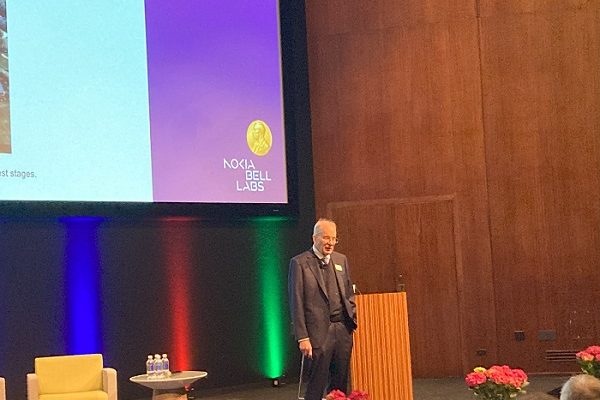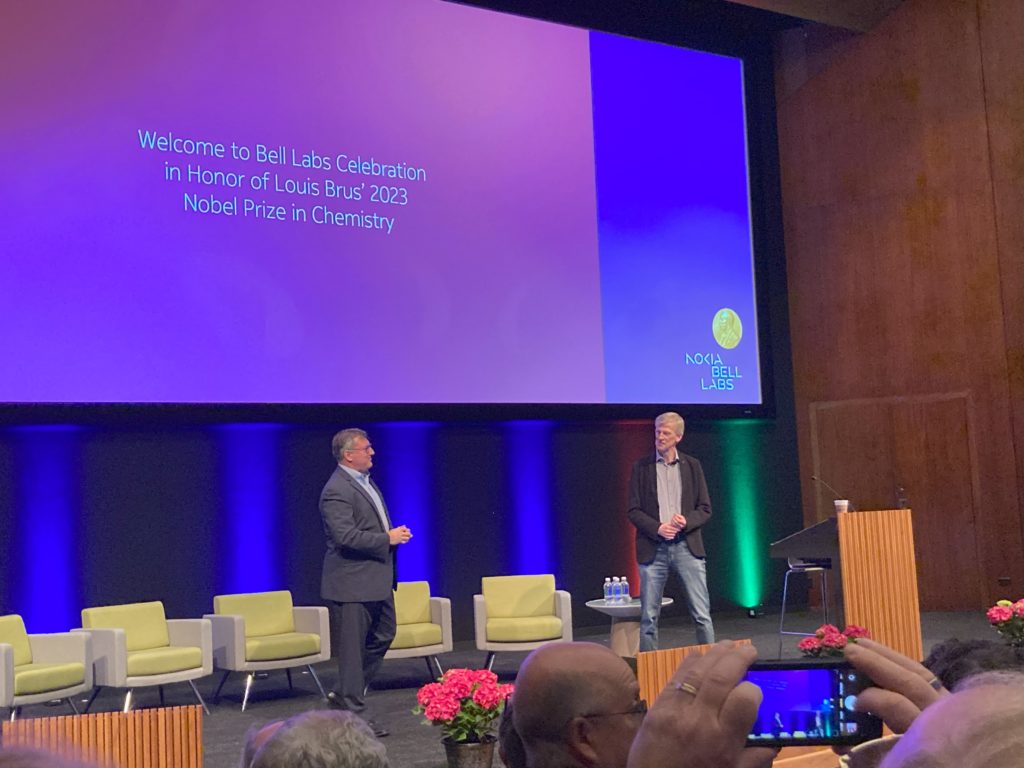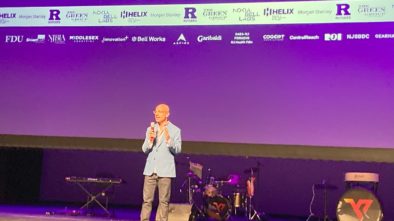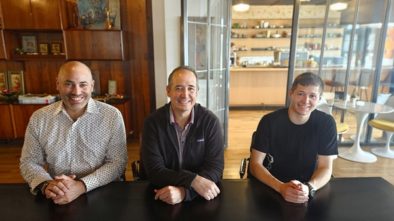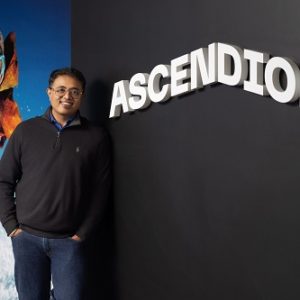The Magic of Bell Labs — Celebrating Louis Brus, Winner of the 2023 Nobel Prize in Chemistry
Every time I walk into Nokia Bell Labs in Murray Hill, I feel the same. It’s as though I were hoping that a little bit of the brilliance of the scientists working there would rub off on me. Of course, I know that’s ridiculous. But Bell Labs, with all its history, is an inspiring place to be.
Even those currently working at Bell Labs feel the weight of the company’s legacy.
On April 30, while introducing the Bell Labs Celebration in honor of Louis Brus’ 2023 Nobel Prize in Chemistry, Thierry Klein, president of Bell Labs Solutions Research, who shared the stage with Peter Vetter, president of Bell Labs Core Research, stated that he felt awed.
“When I walk into the building every morning [on the way to my office], I walk through the technology showcase, and what I call the “Hall of Fame,” which is the Nobel Prizes exhibit. And, I have to tell you, it’s incredibly humbling to walk through that Hall of Fame. It’s also incredibly motivating to see all the great work that has been done by Bell Labs,” he said.
“I think it puts a little bit of pressure on us to make sure that we continue the tradition of groundbreaking research, science, technology, innovation; and [that] we continue to lead our labs the way everybody before us had set the ground for us.”
Thierry Klein, president of Bell Labs Solutions Research and Peter Vetter, president of Bell Labs Core Research welcome the audience. | Esther Surden
Today, scientists at Bell Labs are working on network fundamentals, automation, semiconductors and AI — all foundational areas relevant to innovation in network communications and digital tech. Most of the work done at Bell Labs has practical implications, but the legendary basic research in physics and chemistry done in New Jersey at Bell Labs in the past created the building blocks for most of the technology we use today.
For instance, Louis Brus’ seminal discovery of quantum dots has already contributed to the development of OLED (organic light-emitting diode) television, monitors and lighting. Quantum dots are semiconductor nanocrystals that emit light whose color depends on their exact physical size. They are also used as catalysts for chemical reactions and in molecular analyses of biological functions.
Brus, a former Bell Labs researcher, was awarded the Nobel Prize in Chemistry in 2023 “for the discovery and synthesis of quantum dots.” He shared the prize with Moungi G. Bawendi and Aleksey Yekimov. On that day in April, Bell Labs honored him with a plaque in its Nobel Prize Garden.
Brus, who appeared robust but noted that he had been ill, gave a lecture about his work. He told the attendees that this was not really a celebration for him, but for all the research scientists at Bell Labs. He said that Bell Labs was the only place his work was even possible. “I couldn’t not have done this work if I was an assistant professor somewhere. This was completely outside of what could be done in academic life in those days.”
Brus remembered that, at the time he joined Bell Labs, it was part of AT&T and had 300,000 employees across the country. The research section of Bell Labs had 1,300 people. “It was a tremendous, tremendous intellectual operation.”
In the 1980s, when he was doing much of his award-winning work, scientists at the labs were mostly concentrating on basic research. As Brus noted in his lecture, the research scientists there could barely envision what their discoveries could be used for. Instead, they investigated interesting problems and came up with discoveries or inventions that might or might not be practical.
While much of Brus’ lecture focused on the science of his experiments at Bell Labs, he still took time to discuss his views on what makes a good scientist. He urged students and scientists to ask questions of other scientists. “I asked them [fellow scientists] what they were working on and why they thought it was interesting. It might not be interesting to me, but I’m going to learn something in the exchange.”
Another piece of advice for scientists: Search for a better problem. “I’ve spent my life searching for a better problem.” For example, investigating a problem interesting from a chemist’s perspective led Brus to wonder how a physicist would view the same problem. In the Bell Labs of the 1980s, it wasn’t difficult to find out. Brus would just walk down the corridor and knock on a physicist’s door and ask about the problem. There were no secrets from other scientists at Bell Labs. Everyone was free to discuss what they were working on.
This collaborative nature of Bell Labs has been much discussed in the literature, and it was the subject of first-hand accounts at the event: at a panel discussion called “Reflections on Louis Brus and His Research at Bell Labs” and in various prerecorded videos shown at the proceedings.
One of the researchers said that he would walk down the hall and jump up and down on someone’s desk until they made time for him, and they would make time for him. Another marveled at the Bell Labs cafeteria, and how if you needed to learn more about a certain topic, you could just sit down with the physicists or chemists who were interested in the topic and discuss it over lunch.
A researcher who had been one of Brus’ postdoctoral students said, “Louis asked a lot of deep probing questions and wasn’t afraid to go out of the field of physical chemistry to learn a new thing, which is really what he taught me. You know, really not be afraid to do things that you have no business doing.”
Another researcher working with Brus talked about a difficult problem involving soaps that emerged during the attempt to develop quantum dots. The wonderful thing about Bell Labs, he said, was that “there was a fellow in Building 2 who was the world’s expert on surfactants.” So, the researcher went over to the expert and explained his problem. After thinking about it, the expert suggested that Brus’ team use dialysis to solve it. The material recommended by the expert was the same latex as that is used in latex condoms. They tried it out, using latex condoms, and the fix worked.
The accounts of memories continued during the program, as the researchers who returned to Murray Hill for the event praised Louis Brus and told stories about the legacy of Bell Labs.
Then two current Bell Labs researchers discussed the current research and applications surrounding quantum technology. They spoke about quantum computing using quantum fluids and how to make quantum dot-based photonic integrated circuits. Thus, the cycle of research and innovation at Bell Labs continues. The magic is still there.

